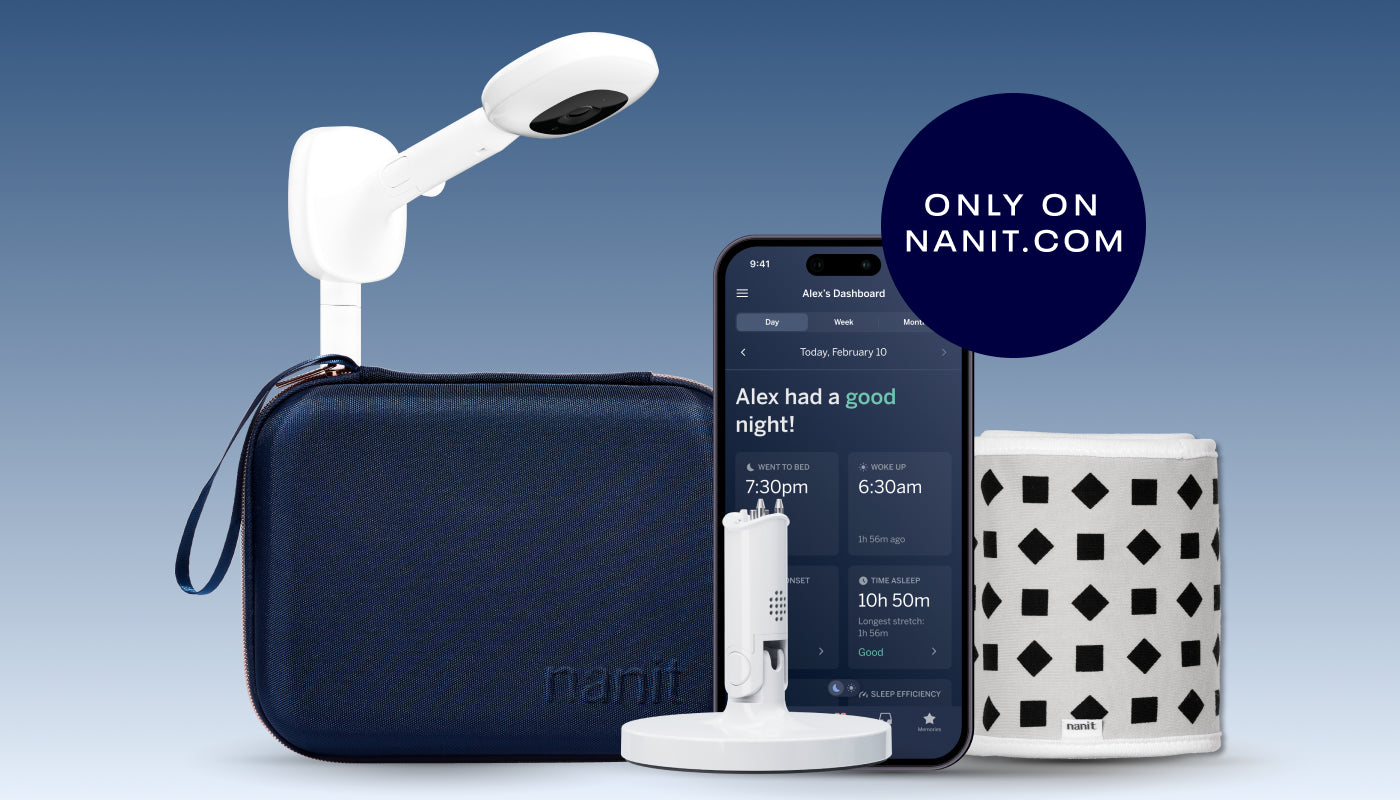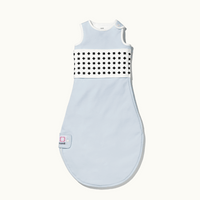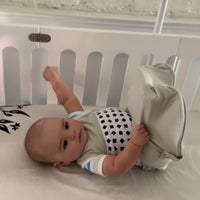Michal Kahn, Natalie Barnett, Assaf Glazer, Michael Gradisar
Presented at the 25th Congress of the European Sleep Research Society (ESRS) 2020
Abstract
Objectives
The recent outbreak of COVID-19 has had a massive effect on human lives. By March 21st 2020, most people in the USA were asked to ‘shelter in place’, with exceptions limited mostly to essential workers continuing their work outside of the house. These dramatic restrictions have had a widespread impact on daily routines, health and well-being. The present study aimed to compare the sleep of infants in the USA whose mothers were ‘sheltering in place’ to those whose mothers were working as usual throughout the COVID-19 pandemic.
Methods
Mothers of 602 infants aged 1-30 months (47% girls, Mage=6.8, SD=5.6) participated in this longitudinal study. Assessments were conducted on 4 occasions, once every two weeks from mid-March to mid-May 2020. On each assessment, infant sleep was measured objectively using auto-videosomnography for 10 consecutive days in the naturalistic home-setting using a Nanit camera. Infant sleep was additionally reported via 4 online surveys, in which mothers also reported whether they were working outside the house or solely ‘sheltering in place’.
Results
Generalized estimating equations revealed that over time, infants of mothers ‘sheltering in place’ had later objective sleep offset times (Mdifference =11.7 mins, Wald=6.78, p=0.009), more parental nighttime crib visits (Mdifference=0.36 visits, Wald=4.53, p=0.03) and longer reported daytime sleep durations (Mdifference=12.4 mins, Wald=5.26, p=0.02), compared with infants of mothers who worked outside the house. Furthermore, significant time-by-‘sheltering status’ interaction effects emerged for the number of objectively measured parental nighttime visits (Wald=18.44, p<0.001) and sleep onset time (Wald=11.55, p=0.009). These indicated that infants of mothers ‘sheltering in place’ had
earlier bedtimes and more nighttime crib visits at the end of March, whereas differences were not apparent in April and May.
ConclusionsInfants of mothers who ‘sheltered in place’ were visited more frequently during the night, woke later in the morning and took longer naps, when compared to infants of mothers who were working as usual during COVID-19. Differences were mostly apparent at the end of March, suggesting that living restrictions issued around mid-March in the USA may have led to temporary delays in sleep consolidation, which subsided as time progressed.
About the Researchers
The researchers include Michal Kahn, Natalie Barnett, Assaf Glazer, and Michael Gradisar.

- Dr. Michal Kahn is a sleep researcher and licensed clinical psychologist, specializing in pediatric insomnia and sleep development. She is a senior lecturer (assistant professor) at the School of Psychological Sciences at Tel Aviv University, Israel.
- Dr. Natalie Barnett serves as VP of Clinical Research at Nanit. Natalie initiated sleep research collaborations at Nanit and in her current role, Natalie oversees collaborations with researchers at hospitals and universities around the world who use the Nanit camera to better understand pediatric sleep and leads the internal sleep and development research programs at Nanit. Natalie holds a Ph.D. in Genetics from the University of New England in Australia and a Postgraduate Certificate in Pediatric Sleep Science from the University of Western Australia. Natalie was an Assistant Professor in the Neurogenetics Unit at NYU School of Medicine prior to joining Nanit. Natalie is also the voice of Nanit's science-backed, personalized sleep tips delivered to users throughout their baby's first few years.
- Dr. Michael Gradisar is a Professor and Director and Clinical Psychologist at the Child & Adolescent Sleep Clinic at WINK Sleep in Australia, and the Head of Sleep Science at Sleep Cycle in Sweden. Dr. Gradisar has specialized in the treatment of pediatric sleep problems since 2006. He has provided training to over 420 psychologists throughout Australia on the treatment of pediatric sleep disorders, and published several research studies evaluating the treatment of insomnia and circadian rhythm disorders in children, adolescents and adults. In all, Dr. Gradisar has over 100 publications in peer-reviewed journals, has authored several book chapters, and has presented on sleep-related research and intervention internationally.
Funding
This study was supported by Nanit.
Conflict of interest statement
(a) Financial disclosure: MG has served a Pro-Bono consultant for Nanit. NB and MK have served as consultants for Nanit. AG was an employee of Nanit at the time of study implementation. (b) Non-financial disclosure: none






























